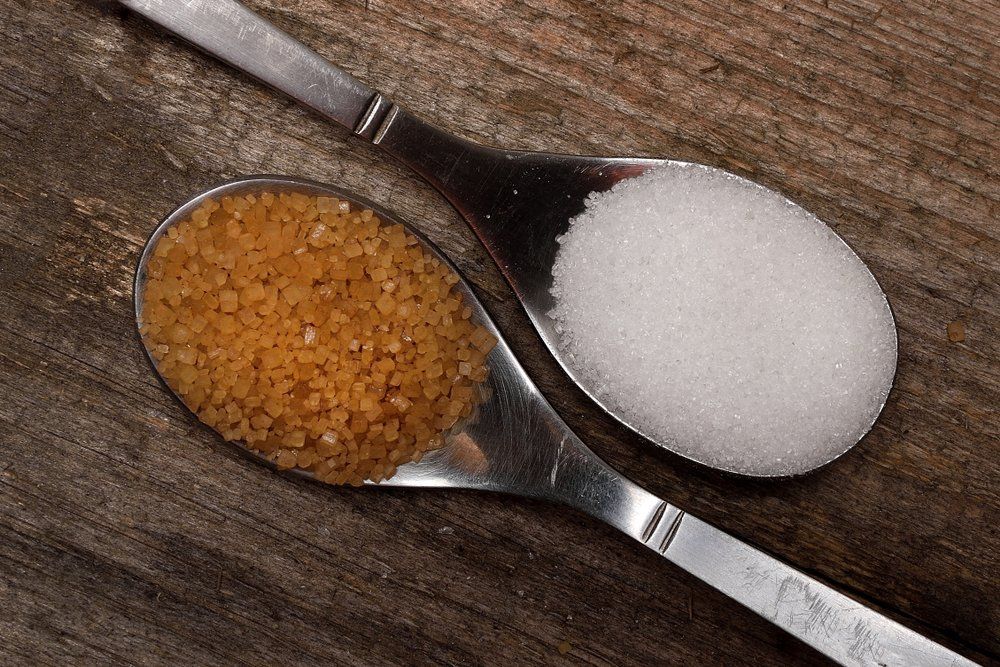The discussion of beet sugar vs cane sugar often includes comparisons of their effect on blood sugar.
The discussion of beet sugar vs cane sugar often includes comparisons of their effect on blood sugar.
Blog Article
Discover the Uses and Perks of Beet Sugar Vs Cane Sugar in Your Daily Diet Plan
Exploring the distinctive high qualities of beet and cane sugar exposes greater than simply their sweetening capacities; it highlights their one-of-a-kind influences on health and wellness and cookeries. Beet sugar, recognized for its refined taste, is commonly preferred in delicate desserts, whereas cane sugar, with its hint of molasses, includes richness to durable meals. Each kind holds its own nutritional profile and glycemic ramifications, welcoming a much deeper understanding of their duties in a balanced diet plan and lasting usage methods.
Origin and Manufacturing Processes of Beet and Cane Sugar

The distinctive environments and dirt types needed for growing sugar beets and sugarcane add to differences in their farming techniques and geographic circulation, influencing the business economics and sustainability of their manufacturing. beet sugar vs cane sugar.
Nutritional Contrast Between Beet Sugar and Cane Sugar
Regardless of originating from different plants, beet sugar and cane sugar are nutritionally very comparable, both primarily containing sucrose. Each supplies concerning 4 calories per gram, translating to roughly 16 calories per tsp. Structurally, both sugars are made up of around 99.95% sucrose, with very little amounts of various other compounds like moisture and trace element, which do not significantly alter their nutritional profiles.

Ultimately, when picking between beet sugar and cane sugar based upon nutritional material alone, both deal similar advantages and drawbacks as they are essentially types of the same particle-- sucrose, giving quick energy without various other nutrients.
Effect on Wellness: Glycemic Index and Caloric Material
Exploring additionally into the results of beet sugar and cane sugar on wellness, it is essential to consider their glycemic index and caloric web content. Both sugars are categorized as sucrose, which is composed of sugar and fructose. This composition leads them to have a comparable effect on blood sugar level degrees. The glycemic index (GI) of both beet and cane sugar is around 65, categorizing them as high-GI foods, which can cause fast spikes in view it blood sugar levels. This is a vital element for people handling diabetes or those trying to support their power levels throughout the day.
Each kind of sugar has about 4 calories per gram, making their caloric material equivalent. For those keeping track of calorie intake, particularly when handling weight or metabolic wellness check my site conditions, recognizing this equivalence is essential (beet sugar vs cane sugar). However, extreme intake of any kind of high-calorie, high-GI food can add to health issues such as weight problems, cardiovascular disease, and insulin resistance.
Environmental and Economic Considerations of Sugar Manufacturing
Beyond wellness impacts, the manufacturing of beet and cane sugar additionally elevates substantial environmental and economic issues. Sugar beet cultivation often tends to need cooler climates and has a lower geographical impact contrasted to sugar cane, which prospers in exotic areas.
Additionally, using chemicals and fertilizers in both beet and cane sugar farming can result in soil destruction and contamination, more affecting biodiversity and regional water bodies (beet sugar vs cane sugar). The choice between cultivating sugar beet or cane often pivots on regional ecological conditions and economic factors, making the sustainability of sugar manufacturing a complicated issue
Culinary Applications and Flavor Distinctions
While the environmental and economic aspects of sugar manufacturing are indeed substantial, the selection in between beet and cane sugar likewise affects cooking applications and taste accounts. Beet sugar, originated from the sugar beet plant, is understood for its remarkably neutral preference. This makes it a functional component in cooking, where it does not modify the taste of various other components. It dissolves promptly and is ideal for usage in cakes, cookies, and breads.
Walking cane sugar, removed from sugarcane, frequently retains molasses traces, which present a distinct richness and deepness. This mild molasses taste enhances the complexity of baked goods, sauces, and marinates. It is especially preferred in items where a sugar touch is preferred, such as in brownies or gingerbread. Furthermore, the mild variant in dampness web content in between beet and cane you can try these out sugar can influence the appearance and uniformity of meals, making cane sugar a preferred selection for details recipes that gain from its special homes.

Final Thought
In conclusion, both beet and cane sugar have distinct beginnings and production procedures, using comparable nutritional profiles with small distinctions in salt content and flavor. While their influence on health, especially concerning glycemic index and calories, is equivalent, the choice in between them typically comes down to environmental, financial factors, and specific culinary demands. Understanding these aspects can guide customers in making notified decisions that straighten with their wellness objectives and flavor choices.
Report this page